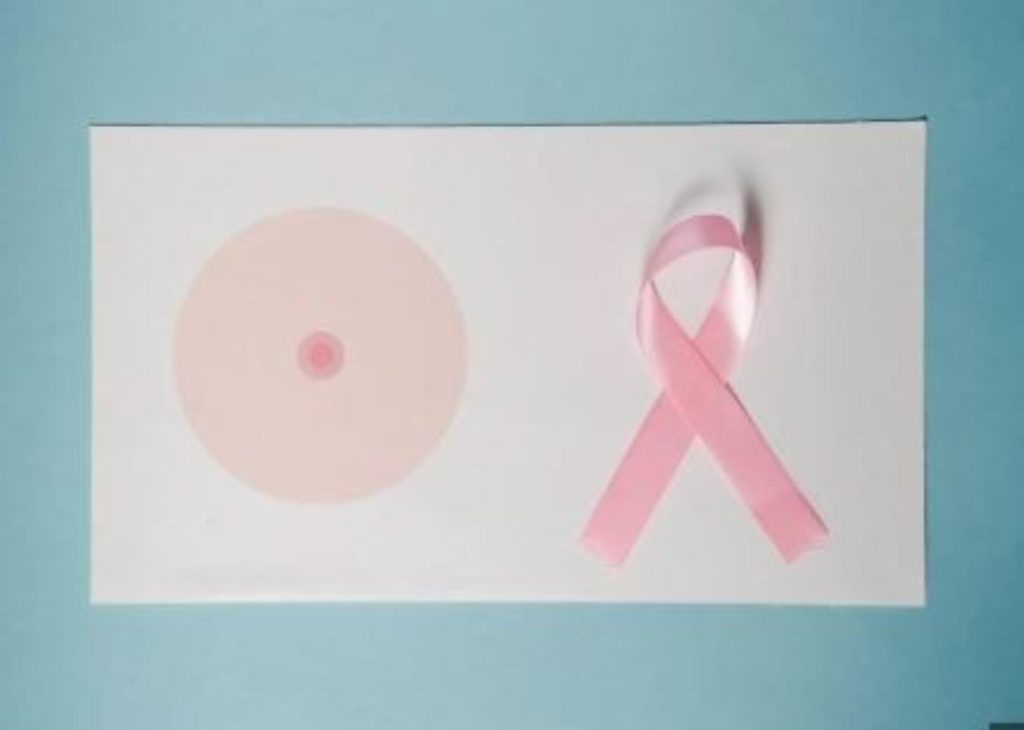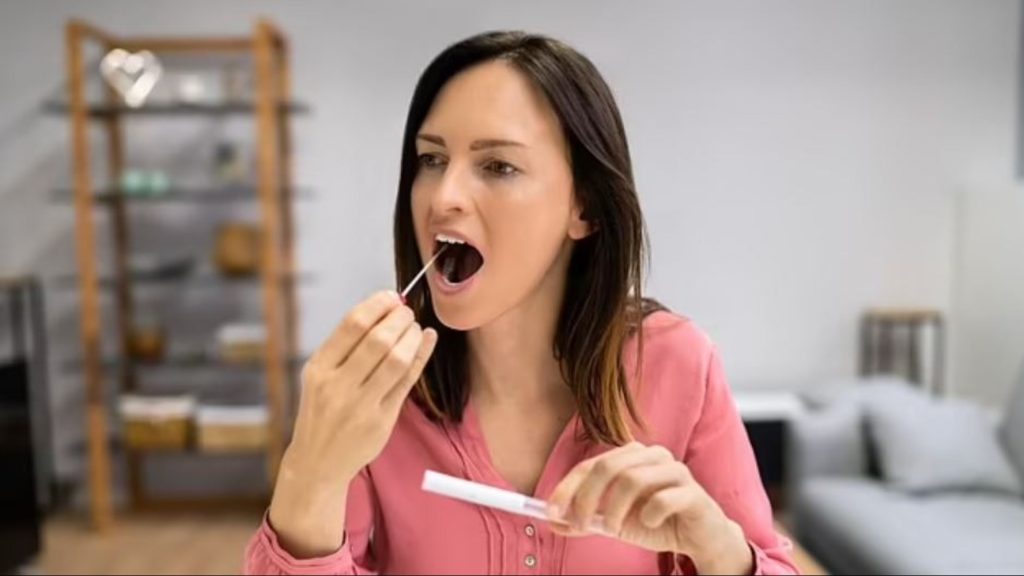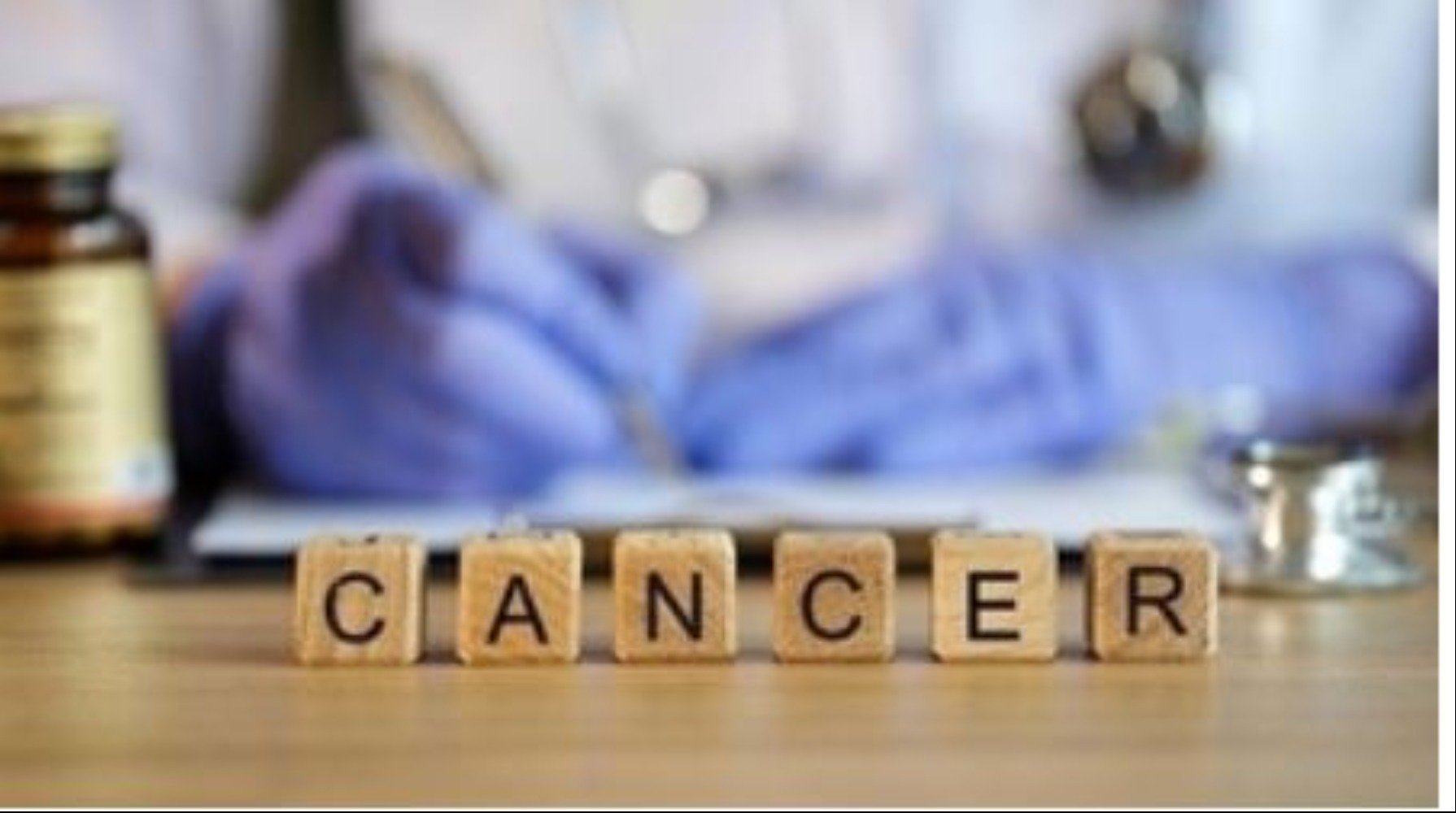In many places, especially in under-developed countries, advanced technologies like MRI for breast cancer testing may not be readily available.

Even as breast cancer cases are rising across the globe, an international team of scientists has developed a hand-held sensor device that makes screening fast, affordable, and accurate, from a tiny sample of saliva in just five seconds. To subscribe please click tau.id/2iy6f and access our live channel.
The biosensor design, by a team from the University of Florida and National Yang Ming Chiao Tung University in Taiwan, uses common components, such as widely available glucose testing strips and the open-source hardware-software platform Arduino.
ALSO READ: The Unusual Killer Virus in Alaska
Lead researcher Hsaio-Hsuan Wan, a doctoral student at the University of Florida said, “Our device is an excellent choice because it is portable — about the size of your hand — and reusable, along with the testing time is under five seconds per sample, which makes it highly efficient.”

When a saliva sample is placed on the strip, pulses of electricity are sent to contact points on the device. The device uses paper test strips treated with specific antibodies that respond to targeted cancer biomarkers.
The device uses glucose test strips and an open-source hardware called Arduino. When a drop of saliva hits the test strip, which are treated with antibodies, it sends electrical signals throughout the device. These are then translated into an electronic reading that shows how much breast cancer is detected.
These pulses cause the biomarkers to bind to the antibodies, which alters the electrode’s output signal enough to provide readings regarding cancer risk. By comparison, mammograms, ultrasounds and MRI scans are all costly and require big pieces of equipment and low-dose radiation exposure.
“Our technology is more cost-effective, with the test strip costing just a few cents and the reusable circuit board priced at $5,” Wan added. “We are excited about the potential to make a significant impact in areas where people might not have had the resources for breast cancer screening tests before.”

One of the biomarkers involves human epidermal growth factor receptor 2 (HER2), a protein that drives 15% to 20% of invasive breast cancers. Another is CA 15-3, an antigen released into the bloodstream by breast cancer.
“The highlight for me was when I saw readings that clearly distinguished between healthy individuals and those with cancer,” Wan said. “We dedicated a lot of time and effort to perfecting the strip, board and other components. Ultimately, we’ve created a technique that has the potential to help people all around the world.”




